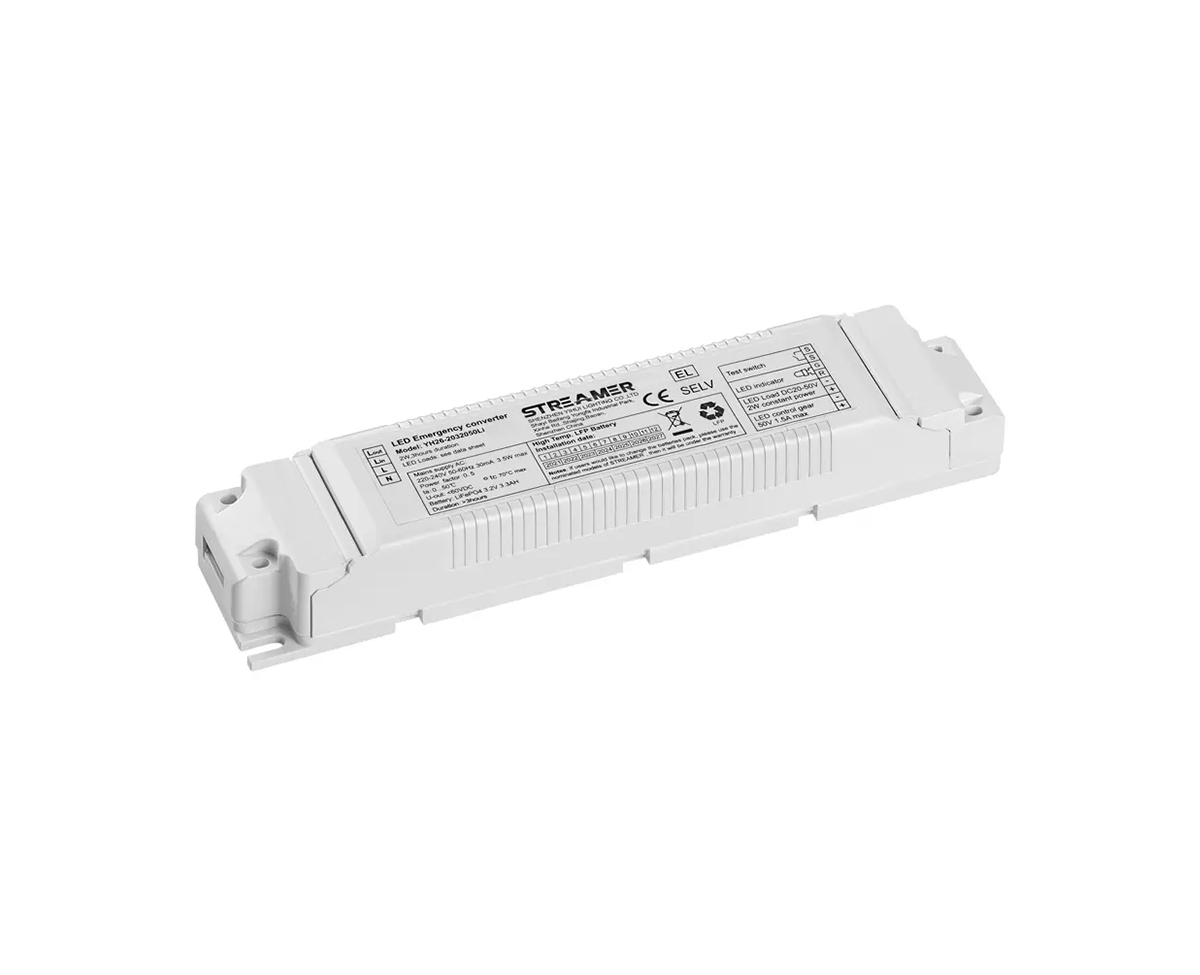 1
1
 Mar 03, 2025
Mar 03, 2025

Weight and portability are essential considerations for emergency batteries, especially in scenarios where quick deployment or mobility is required.
In the case of emergency starting batteries for vehicles, a lighter - weight battery offers distinct advantages. A lighter battery is easier to carry around, which is crucial for situations where the user may need to move it from one vehicle to another or store it in a compact space within the vehicle. For example, in a roadside emergency, if a driver needs to use an emergency starting battery to jump - start their car, a lightweight model that can be easily lifted and maneuvered will save time and effort. Batteries with a weight of around 5 - 10 pounds are more portable compared to those weighing 20 - 30 pounds.
For emergency power - supply batteries used in outdoor or field - work settings, such as for emergency lighting or powering communication devices during natural disasters, portability is even more critical. Workers or relief teams need to be able to carry these batteries over long distances or in difficult terrains. Lithium - ion - based emergency batteries are often preferred in such cases due to their relatively high energy - to - weight ratio. A lithium - ion emergency battery can provide a substantial amount of power while weighing significantly less than a lead - acid battery with the same capacity. For instance, a 100Wh lithium - ion emergency battery may weigh only 2 - 3 kilograms, while a lead - acid battery with the same capacity could weigh 8 - 10 kilograms.
The size and shape of the battery also contribute to its portability. Batteries with a more compact and ergonomic design are easier to handle. Some emergency batteries are designed with built - in handles or straps, further enhancing their portability. Additionally, the packaging of the battery can impact how easily it can be transported. Soft - sided, lightweight cases or pouches can protect the battery while still allowing for easy carrying, as opposed to bulky, hard - shell cases.
However, it's important to note that reducing weight often comes at a cost. Lighter - weight, more portable batteries, especially those with advanced chemistries like lithium - ion, tend to be more expensive. There is also a trade - off between weight, capacity, and cost. Users need to carefully evaluate their requirements. If they need a battery with a high capacity for extended power - out situations and portability is not the top priority, they may opt for a heavier, more cost - effective lead - acid battery. But for applications where mobility is crucial, the investment in a lighter, more portable battery may be well - worth it.